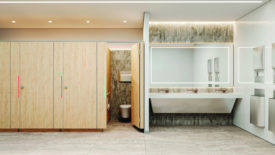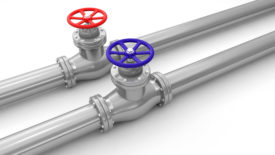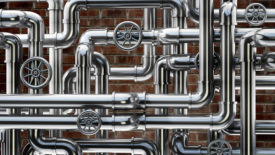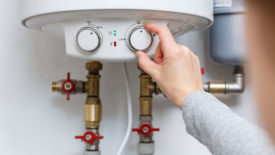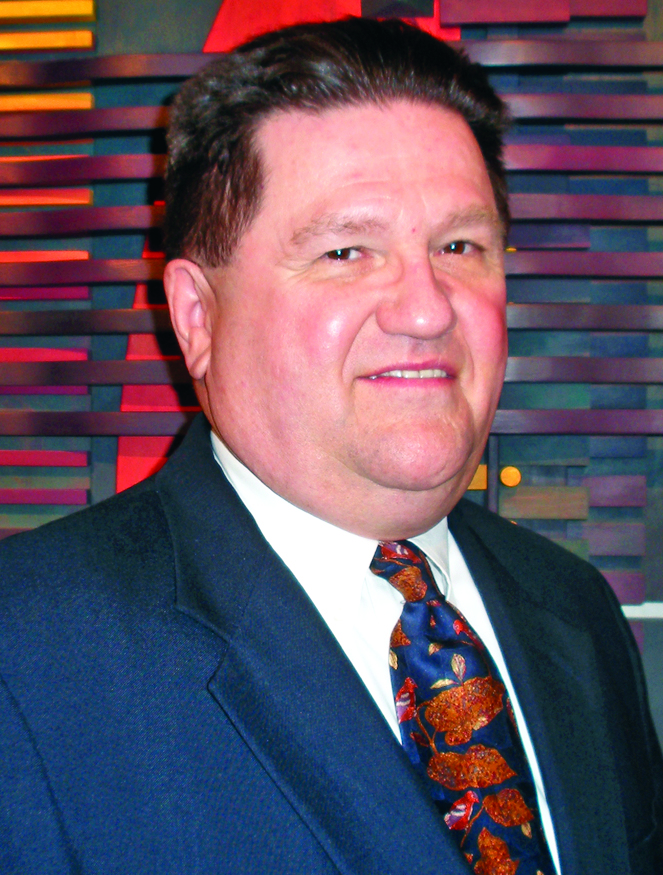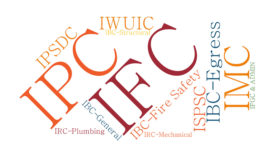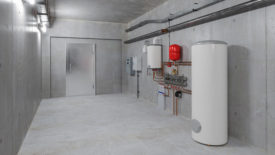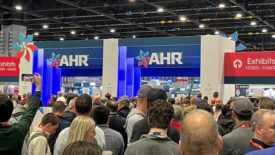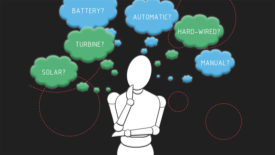Columnists
The industry’s best lineup of expert columnists including: Julius Ballanco, Dan Holohan, John Siegenthaler, Christine Swanson and Morris Beschloss.
Topics
Commentary from the editor of PM Engineer.
David Dexter
James Dipping
Misty Guard
Misty Guard discusses how companies and plumbing and mechanical engineers can navigate the intersection of laws, regulations, codes, standards, and public policies. She uses her expertise in water and plumbing, energy and mechanical, environmental, public health, electrical and explosive atmospheres, and innovation policies to provide insights on compliance.
Dan Holohan
Dan Holohan covers a wide breadth of hydronic heating-related topics but specializes in steam heating.
Christoph Lohr
Christoph Lohr provides insight into the latest business and professional trends for engineers.
John Siegenthaler
John Siegenthaler gives a technical view of solar thermal systems.
Todd Stuart
Dave Yates
Lowell Manalo
Plumbing essentials — design approaches, codes and everything in between.
Guest Editorial
Julius Ballanco
Julius Ballanco discusses codes and how they affect plumbing and mechanical engineers.
Ray Wohlfarth
Ray Wohlfarth’s talks about the installation, maintenance and repair of commercial boilers.
Letters to the Editor
ARTICLES
Editor's Note | Nicole Krawcke
Designing with privacy in mind
Annual survey results emphasize the importance of privacy in public restrooms.
April 12, 2024
Boiler Room | Ray Wohlfarth
The case of the tardy two-pipe system
Thinking outside the box.
April 10, 2024
Plumbing Essentials — Design Approaches, Codes and Everything in Between | Lowell Manalo
Building type is a key factor in the decision-making process
Vertical or horizontal piping distribution?
April 8, 2024
Plumbing Talking Points | David Dexter
Identifying back-feed potentials within domestic hot water risers
Service/isolation valves are a necessity.
April 4, 2024
Guard on Compliance | Misty Guard
Code Council proposals for Group A code modifications
A deeper look into the propsals being discussed the most.
April 2, 2024
Renewable Heating Design | John Siegenthaler
Modern hydronics technology can play well with future energy markets — Part 2
March 27, 2024
Editor's Note | Nicole Krawcke
Nurture talent and expertise with mentorship
Mentorship plays an important role in preparing the next generation of plumbing engineers.
March 13, 2024
From the Mechanical Room | Dave Yates
The sad truth about AHR Expo
AHR Expo product eye candy from a contractor’s point of view.
March 11, 2024
Plumbing Essentials — Design Approaches, Codes and Everything in Between | Lowell Manalo
The process behind seamless water faucet selection
Creating a decision making process.
March 8, 2024
Professional Plumbing Engineer Viewpoints | James Dipping
Getting serious on how hospitals are built
Calling all architects and code officials.
March 7, 2024
Get our new eMagazine delivered to your inbox every month.
Stay in the know on the latest plumbing, piping, hydronic and fire protection trends.
SUBSCRIBE TODAYCopyright ©2024. All Rights Reserved BNP Media.
Design, CMS, Hosting & Web Development :: ePublishing
